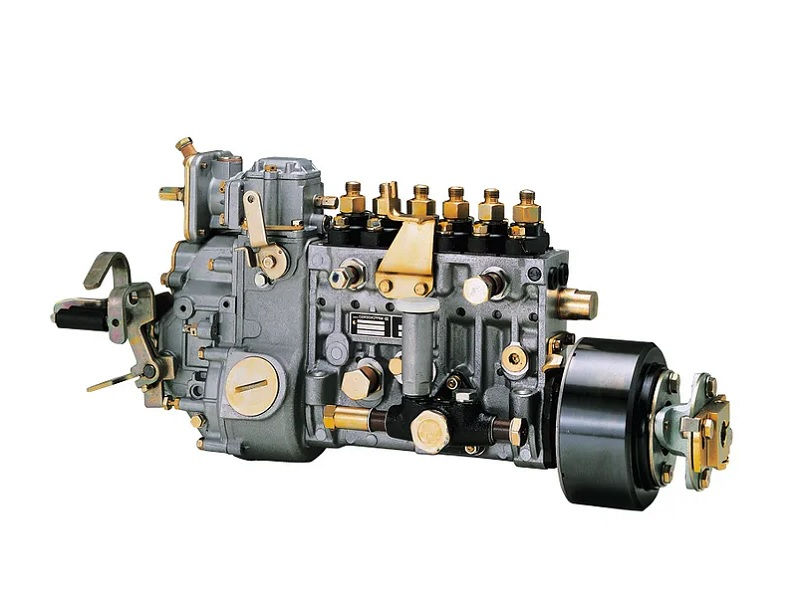Important Factors to Consider When Buying Second Hand Tyres
- Emma Smith

- Mar 14, 2017
- 3 min read
Purchasing second hand tyres is a wise decision, especially if we do not have enough budgets for new ones and we just need a spare. Nowadays, used tyres are a huge business across the world. Many people find purchasing second hand tyre to be a good deal, usually to replace a single tyre that's been damaged or really aged to use anymore. Sometimes a deal that looks good turn out to be too hard in return. The used tyre market doesn't have any strict regulations. They do not follow any legal standards, and the process of accumulating, examining, and reintroducing used tyres into the market varies widely. Only a few second hand tyre sellers are experts in inspecting and making sure their tyres are safe to use, but unfortunately, many are not. Not all used tyres are reliable and fit for use, and it's hard to tell just by looking. Most used tyres can look new from the outside, but may still have major problems inside it. So, if you're looking for second hand tyres in the market, you need to know important things before making your final decision. Tips for Buying Second Hand Tyres
Evaluate Tyre Tread Depth:
Tread depth finds out the lifespan of the tyre. Use tyre depth gauge to measure tread depth accurately and see how much life is left. Typical tread depth of a new tyre will be 10-12/32″. Based on the tread depth you can set an offer, for example, if 50% of the tread left, then it would be wise to pay no more than 50% of the original price. Also, carefully scan through all the tyre surfaces and see if you can find any uneven wear. If any part of the cord is made of braided steel, then the tyre is no good
Aging:
Determining the age of second hand tyres is very important. Old tyres will have high chances of crack and blowing out. It is recommended to replace tyres every five to six years. You can find out the age of a tyre by looking at the Tyre Identification Number (always preceded by the letters DOT), this number will give you the manufacturing date. If you cannot see these numbers, then you should not trust the seller. The first two number after DOT indicate the place of manufacture and the next four numbers indicate the date of manufacture. (For example, the number 1112 indicates the tyre was manufactured in the 11th week of 2012).
Beware of Patches and Defects:
Examine the tyre thoroughly for any patches and defects. Do not buy second hand tyres if you see any bubbles in the sidewalls, bubbles result in a sudden blowout. Likewise, avoid buying tyre if you see any patches, as it may not hold air and could have some issues. Also, check the beads closely, if you find any piece missing it won't seal correctly. Avoid tyres in these conditions.
Brand and Original Price:
Do a little research about the tyres you are going to buy. Read out the reviews and know what they retail. There are so many websites available to research about the tyres; these websites include lots of information about price, quality, and more.
Belt Separation:
Run your hands over sidewalls and tread surface to see if you can find any hard bumps. Bumps cause steel belt to separate from the rubber.
These are some of the major things to look for when buying second hand tyres. It is totally your responsibility to ensure that the tyre you're buying is safe to use. So, always be proactive and careful when buying used tyres.
.png)



Comments